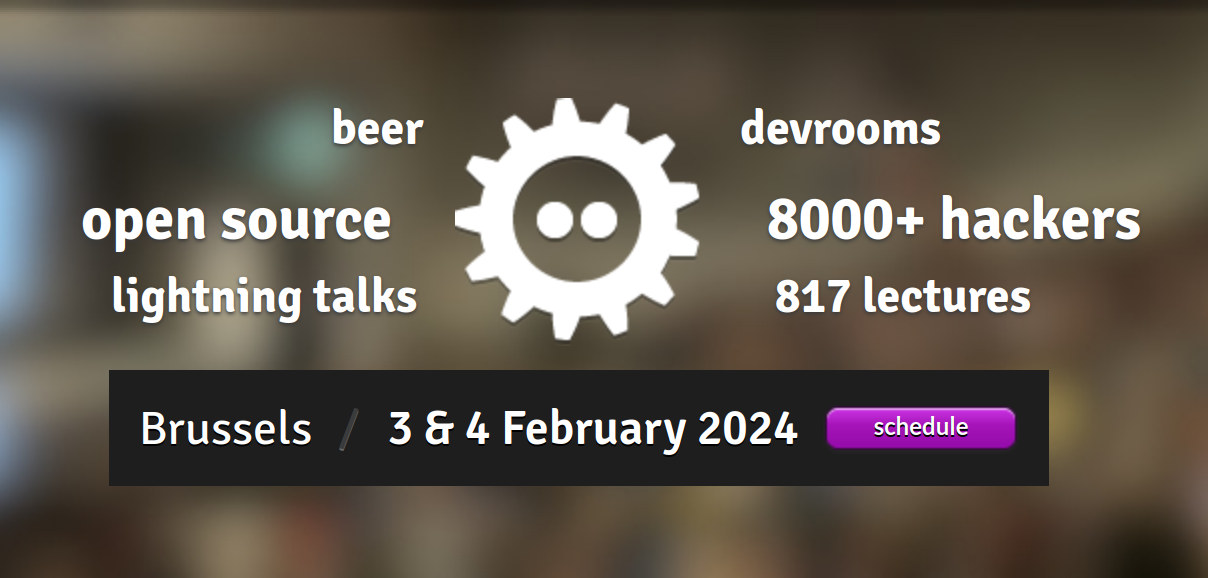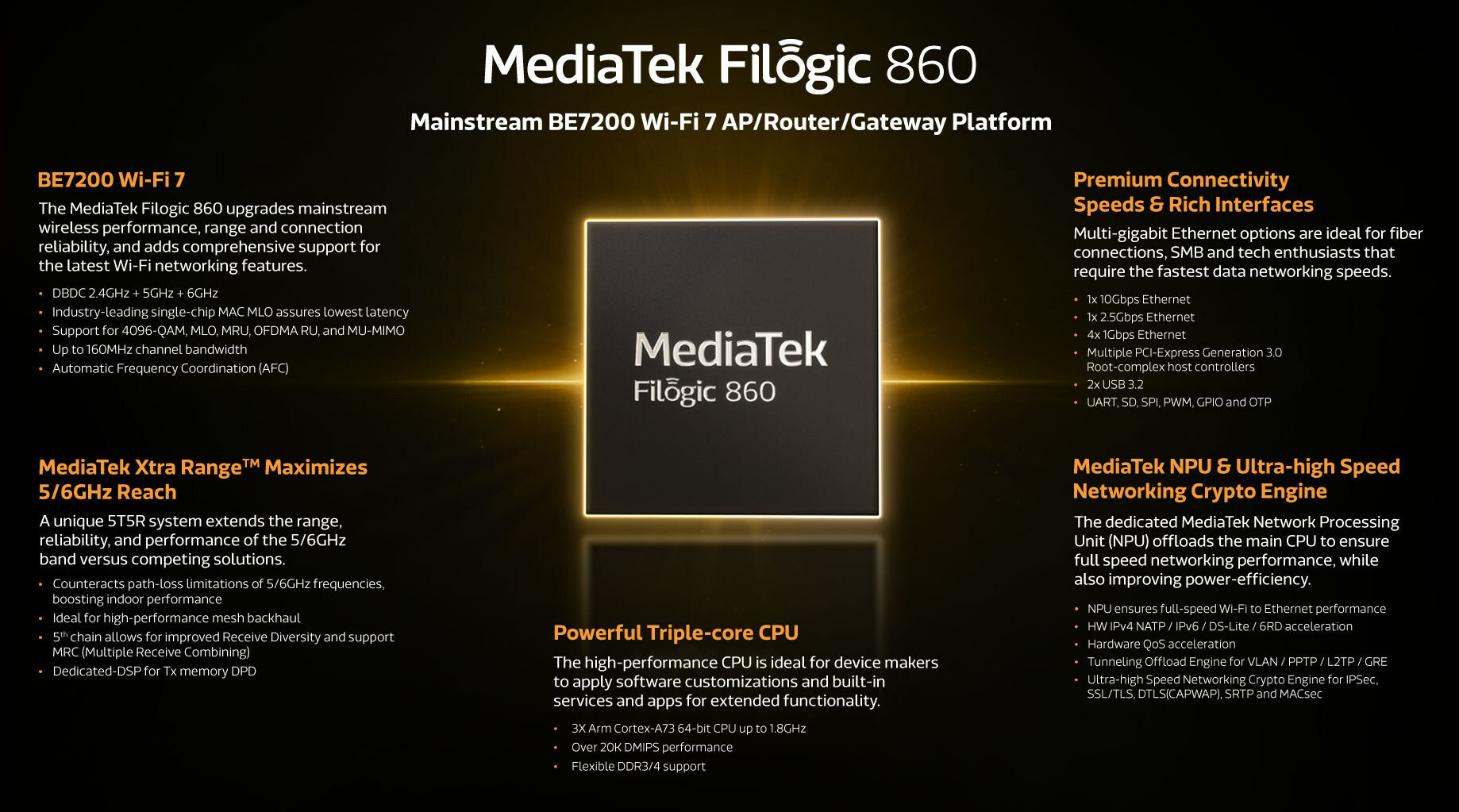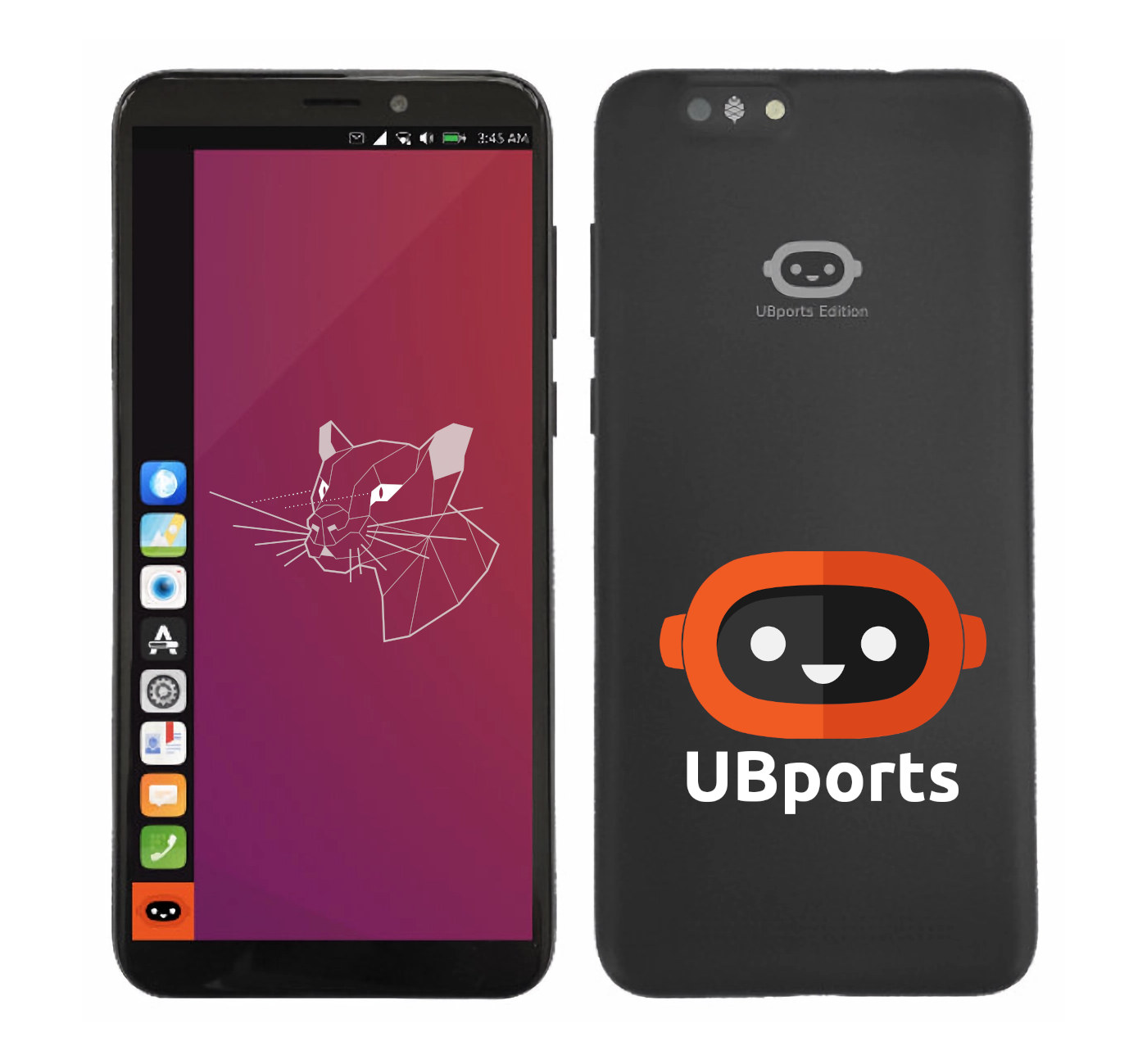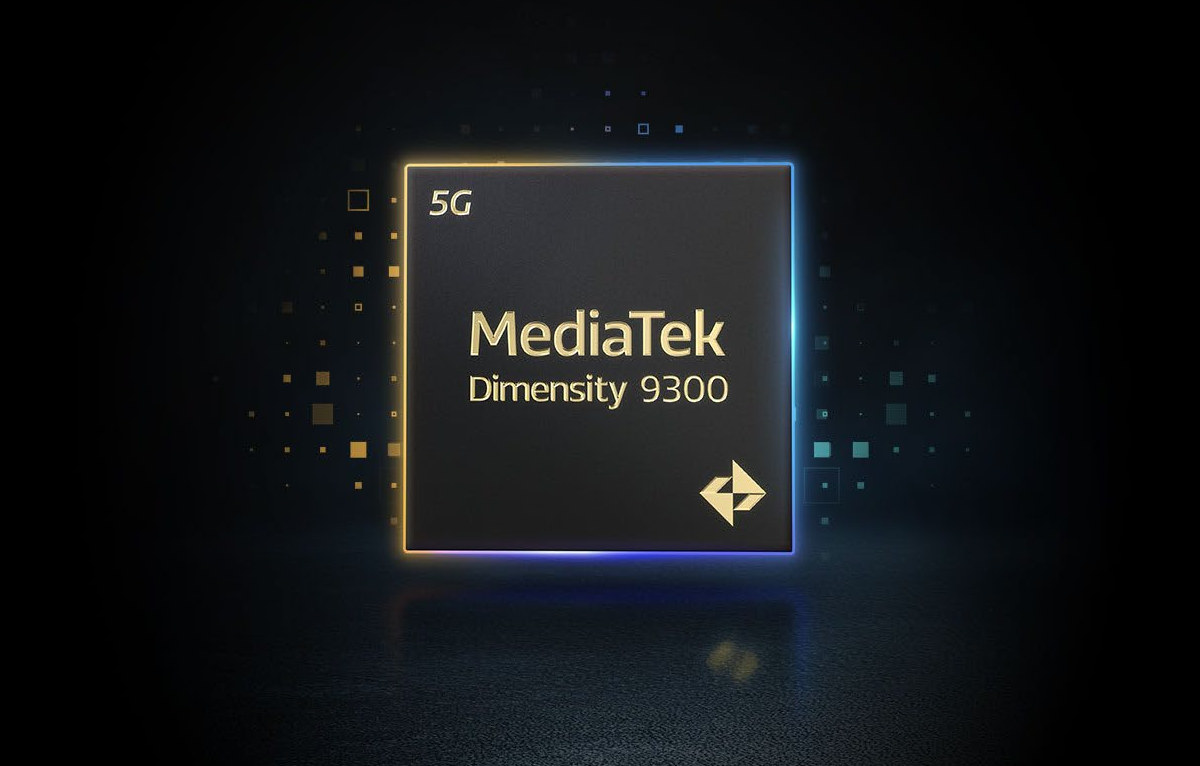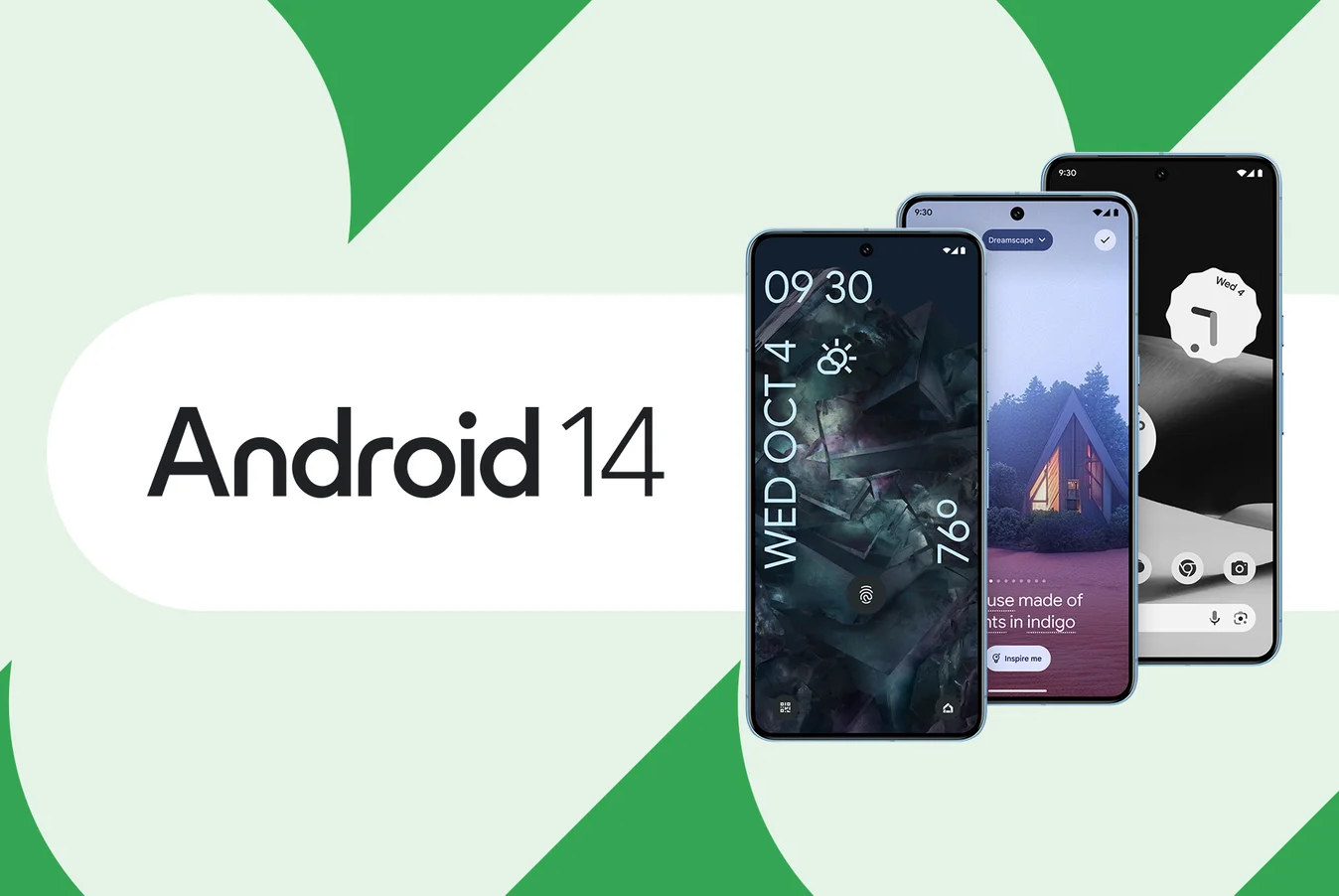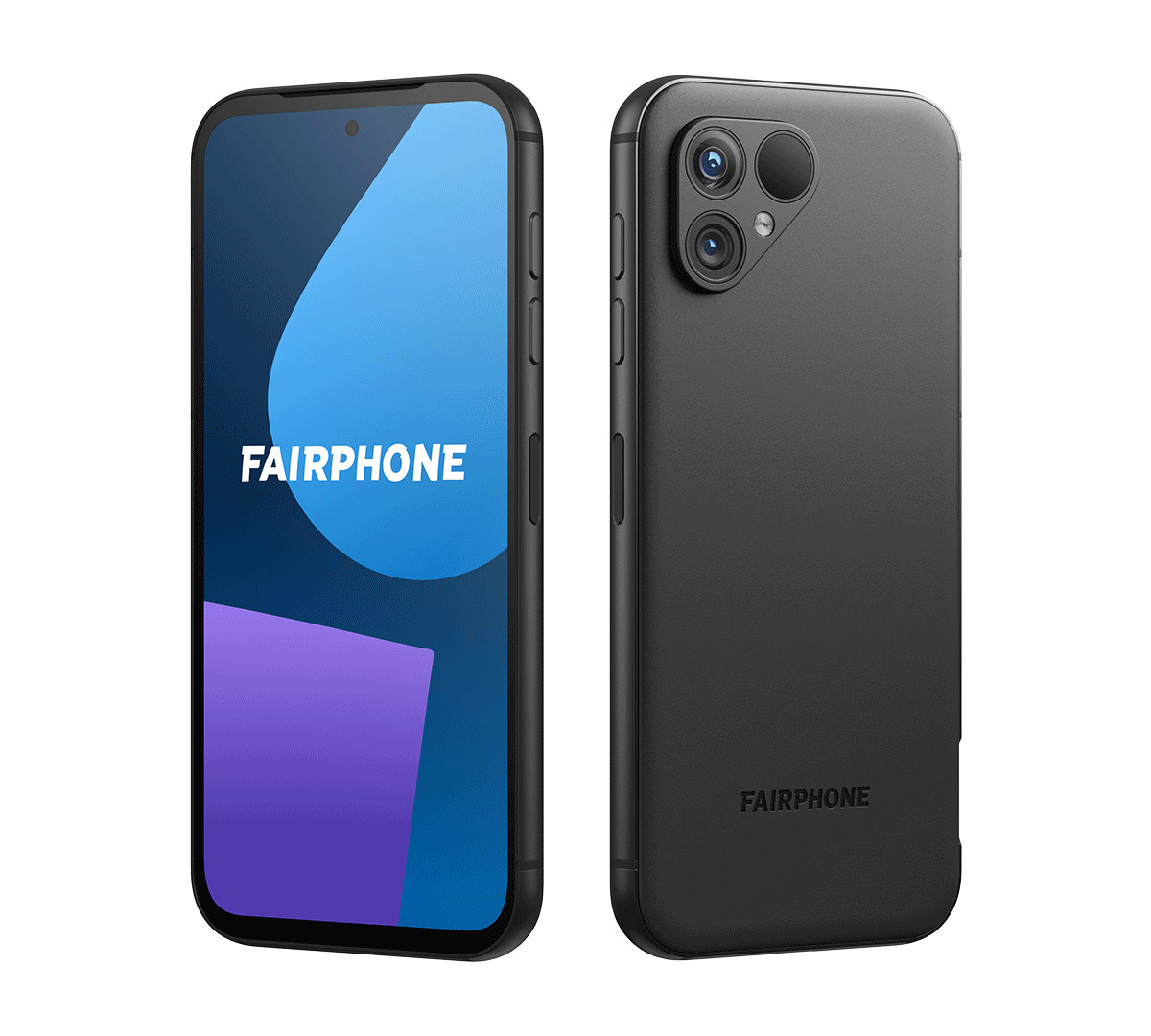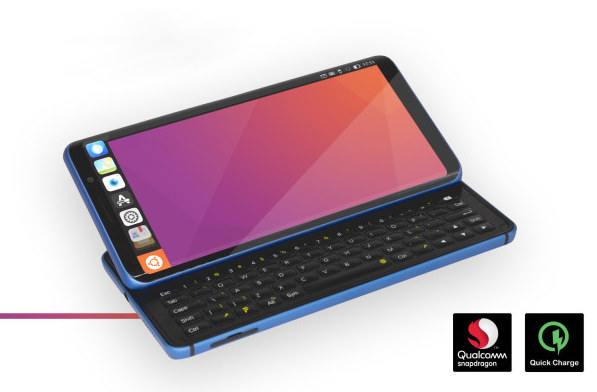Google has just released the first Android 15 Developer Preview with some improvements related to privacy and security, the addition of the partial screen sharing feature, camera and audio improvements, and some new performance optimization that developers can leverage when running games or other demanding applications. User privacy and security in Android 15 Android 15 features the latest version of the Privacy Sandbox on Android to improve user privacy while enabling personalized advertising experiences for mobile apps, the Heatlth Connect by Android adds support for new data types related to fitness, nutrition, and more, and the File integrity manager implement new APIs making use of the fs-verity feature that was added to the Linux 5.4 kernel so that files can be protected by custom cryptographic signatures. Partial screen sharing is a completely new feature in Android 15 that allows users to share or record an app window rather than the […]
FOSDEM 2024 schedule – Open-source embedded, mobile, IoT, robotics, RISC-V, etc..
FOSDEM – which stands for Free and Open Source Software Developers’ European Meeting – is a free-to-participate event where thousands of developers meet in Brussels on the first week-end of February to discuss open-source software & hardware projects. FOSDEM 2024 will take place on February 3-4 with 880 speakers, 818 events, and 66 tracks. Although I won’t attend, I’ve created a virtual schedule like every year with sessions most relevant to the topics covered on CNX Software from the “Embedded, Mobile and Automotive” and “Open Hardware and CAD/CAM” devrooms, but also other devrooms including “FOSS Mobile Devices”, “ Energy: Reimagining this Ecosystem through Open Source”, “RISC-V”, and others. FOSDEM Day 1 – Saturday, February 3, 2024 10:30 – 10:55 – Screen Sharing on Raspberry Pi 5 Using VNC in Weston and Wayland with the Yocto Project and OpenEmbedded by Leon Anavi In 2023, embedded Linux developers received eagerly awaited news: […]
MediaTek Filogic 860 & Filogic 360 WiFi 7 chipsets target mainstream BE7200 routers and clients
MediaTek has unveiled two new WiFi 7 chipsets with the Filogic 860 tri-core Arm Cortex-A73 SoC designed for up to BE7200 mainstream routers and gateways and Filogic 360 WiFi 7 and Bluetooth 5.4 chip for client devices such as smartphones, PCs, laptops, set-top boxes, OTT streaming boxes, etc… for up to 2.9 Gbps bandwidth. The new Filogic 860 and Filogic 360 chipsets provide more cost-effective alternatives to the Filogic 880 SoC for up to BE36000 routers and Filogic 380 clients chip capable of up to 6.5 Gbps PHY data rate, both of which were introduced in May 2022. MediaTek Filogic 860 Filogic 860 specifications: CPU – 3x Arm Cortex-A73 cores clocked at up to 1.8 GHz Network Processing Unit (NPU) – Hardware QoS acceleration and Tunneling Offload Engine for VLAN / PPTP / L2TP / GRE Networking Crypto engine (EIP-197) – For IPv4 NATP / IPv6 / DS-Lite / 6RD […]
Ubuntu Touch 20.04 OTA-3 release adds support for PinePhone and PineTab devices
UBPorts has just released Ubuntu Touch 20.04 OTA-3 based on Ubuntu 20.04 LTS with the latest security updates and beta support for PinePhone, PinePhone Pro, PineTab, and PineTab 2, adding to the smartphones already supported by Ubuntu Touch 20.04 OTA-2. As a reminder, Ubuntu Touch was initially handled by Canonical for desktop/mobile convergence, but it was dropped when the company decided to refocus its efforts on cloud and IoT, and the UBPorts community took over and eventually outed the first stable Ubuntu Touch release in June 2017. The developers kept on improving the OS since then with new releases from time to time, but note that it should still be considered experimental only for most devices, and will not be suitable as a daily driver for the majority of people. The PinePhone and PineTab have been supported by Ubuntu Touch for a few years, but they had their own branch […]
MediaTek drops efficiency cores in Dimensity 9300 Cortex-X4/A720 mobile SoC
MediaTek Dimensity 9300 is a premium octa-core 5G mobile SoC with two clusters of four Cortex-X4 cores and four Cortex-A720 cores, but doing without any Cortex-A520 efficiency core, plus the latest Arm Mali-G720 GPU, and a MediaTek APU 790 neural processing unit (NPU) capable of support generative AI and large language models (LLM) with up to 33 billion parameters. Arm invented big.LITTLE and then DynamIQ technologies in order to mix cores with different power efficiency and performance characteristics in order to improve power consumption. Their latest launches included the Cortex-X4 premium core, Cortex-A720 performance/big core, and Cortex-A520 efficient/LITTLE core, but MediaTek decided to do without the Cortex-A520 in the Dimensity 9300 which strikes me as odd for a mobile SoC where power efficiency is important for a long battery life. MediaTek Dimensity 9300 specifications: Octa-core CPU with DynamIQ 4x Arm Cortex-X4 at up to 3.25GHz 4x Arm Cortex-A720 up to […]
Android 14 released, source code hits AOSP
Google has just released Android 14 for supported devices such as Google Pixel phones and pushed the source code to AOSP (the Android Open-Source Project). Most of the changes to the fourteenth version of the Android operating system were introduced with the first Android 14 developer preview – released in February 2023 – which included performance improvements, better privacy and security, and additional user-side customization options. Some of the new features unveiled since the first Android 14 developer preview include: AI-generated wallpapers using text-to-image diffusion models to help users easily create unique wallpapers HDR images with Ultra HDR (Android 13 already supported HDR videos) Built-in Health Connect support to let people track their fitness, health, and wellness levels across apps in a secure way respecting privacy. Android 14 encourages users to set a six-digit PIN (or longer) to improve security. Improved accessibility with vision-and hearing-inclusive features such as an enhanced […]
Fairphone 5 smartphone comes with 8 years of software updates thanks to Qualcomm QCM6490 industrial IoT processor
The Fairphone 5 is the latest version of the ethical, repairable, and sustainable smartphone with the company promising 8 years of software updates thanks to the use of a Qualcomm QCM6490 industrial IoT processor that benefits from a longer life cycle than consumer-grade processors typically found in phones. The phone comes with 8GB RAM, a 256GB flash, a replaceable 6.46-inch display, 50 MP front-facing and read cameras both of which are replaceable, 5G, WiFi 6, BlueTooth 5.2, GNSS, and NFC connectivity, as well as a replaceable battery. Fairphone 5 specifications: SoC – Qualcomm QCM6490 CPU – Octa-core Kryo 670 with 1x Gold Plus core (Cortex-A78) @ 2.7 GHz, 3x Gold cores (Cortex-A78) @ 2.4 GHz, 4x Silver cores (Cortex-A55) @ up to 1.9 GHz GPU – Adreno 642L GPU @ 812MHz DSP – Hexagon DSP for AI workloads up to 12 TOPS Build-in 5G Modem System Memory – 8GB RAM […]
Ubuntu Touch 20.04 OTA-2 adds support for Fairphone 3, Volla Phone X23, F(x)tec Pro1 X smartphones
UBPorts has just released Ubuntu Touch 20.04 OTA-2 based on Ubuntu 20.04 with three new phones supported namely the Fairphone 3, the Volla Phone X23, and F(x)tec Pro1 X with the latter being introduced in 2020 in a crowdfunding campaign claiming Ubuntu Touch support. Ubuntu Touch was initially an initiative by Canonical for desktop/mobile convergence, but when the company decided to refocus its efforts on cloud and IoT, the UBPorts community took over and eventually outed the first stable Ubuntu Touch release in June 2017. Work has continued since then and with the Ubuntu Touch 20.04 OTA-2 release, the community-supported distribution now supports 15 smartphones with the Fairphone 4, Google Pixel 3a and 3a XL, Oneplus 5 and 5T, OnePlus 6 and 6T, Vollaphone and Vollaphone X, Vollaphone 22, Xiaomi Mi A2, Xiaomi Poco M3, Xiaomi Redmi Note 7 and 7 Pro, besides the three new mobile devices added to […]



